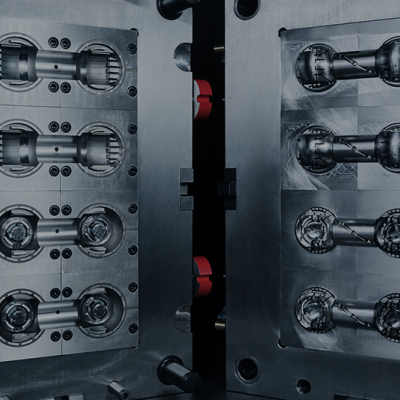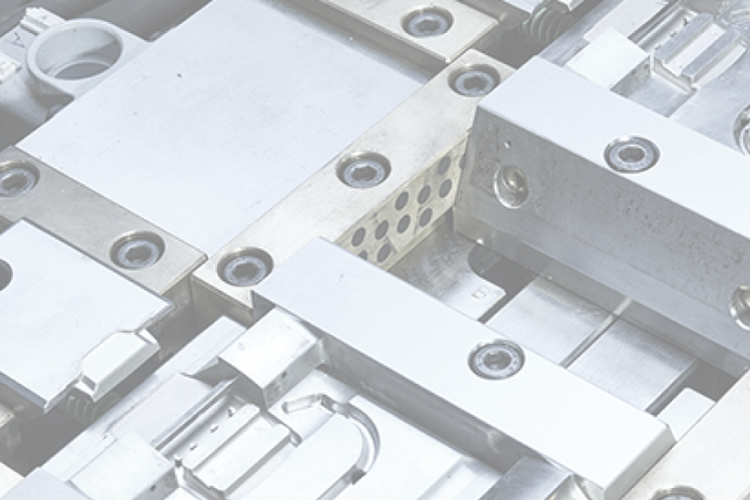Multi cavity moulds: design, benefits and comparison with single cavity moulds
In the world of plastic injection moulding, the choice between single cavity and multi cavity moulds has a significant impact on productivity, cost-efficiency, and part quality. Understanding how multi cavity moulds work and when they are the right solution is essential for manufacturers aiming to optimize their production processes.
This page provides a comprehensive guide to multi cavity moulds, their design principles, the differences compared to single cavity moulds, and best practices for selecting the most suitable option for your application.

Why are multi cavity moulds important in injection moulding?
Multi cavity moulds play a critical role in increasing the output of injection moulding processes. By enabling the production of multiple identical parts in a single moulding cycle, they help reduce unit costs, shorten cycle times, and make better use of machine capacity. This makes them particularly valuable in high-volume production where consistency and efficiency are key.
However, designing and manufacturing multi cavity moulds is more complex. Ensuring uniform filling, cooling, and ejection across all cavities requires meticulous engineering to avoid defects such as unbalanced filling, sink marks, or dimensional inconsistencies.
Contact us
Multi cavity vs single cavity moulds: what’s the difference?
Single cavity moulds produce one part per moulding cycle and are often chosen for large, complex parts, low-volume production, or prototyping. Their simplicity allows easier maintenance and lower initial tooling costs.
Multi cavity moulds, in contrast, contain two or more cavities within the same mould base, producing multiple parts at once. This dramatically increases efficiency, but requires precise balance of flow, pressure, and cooling. While tooling costs are higher, they are offset by lower per-part production costs in large-scale manufacturing.
Want to explore another essential aspect of injection moulding?
Read our in-depth guide on core and cavity in plastic moulding design to better understand how these elements shape precision and product quality.
Understanding core and cavity
Designing multi cavity moulds: how it works
Designing multi cavity moulds starts with analysing part geometry and determining how many cavities fit within the machine’s mould size limits. Engineers ensure balanced runner systems, consistent cooling channels, and synchronized ejection mechanisms.
Advanced simulation software models flow patterns and predicts potential issues before manufacturing. The goal is to achieve uniform part quality across all cavities.
Materials used for multi cavity moulds
Common choices for multi cavity moulds include tool steels like P20, H13, and S136, known for durability and machinability. Stainless steels are preferred for corrosion resistance, ideal in medical or food-grade applications. In certain areas, beryllium copper inserts improve thermal conductivity and help reduce cycle times.
How Idea Stampi designs and manufactures multi cavity moulds
At Idea Stampi, we specialize in high-precision multi cavity moulds tailored to client needs. Our process includes co-design, feasibility analysis, prototyping, and pilot mould testing. All components are manufactured in-house using state-of-the-art CNC machinery and rigorously tested for optimal performance.
We also provide laser welding maintenance, extending mould life and ensuring consistent part quality.
Discover our productsOur expertise at your service
Multi cavity moulds offer significant advantages for manufacturers seeking cost-effective, high-volume production. At Idea Stampi, we apply the highest standards in design, material selection, and quality control to deliver moulds that ensure precision, durability, and efficiency.
Looking for a partner to develop your next multi cavity moulding solution? Contact us today.
Send request





